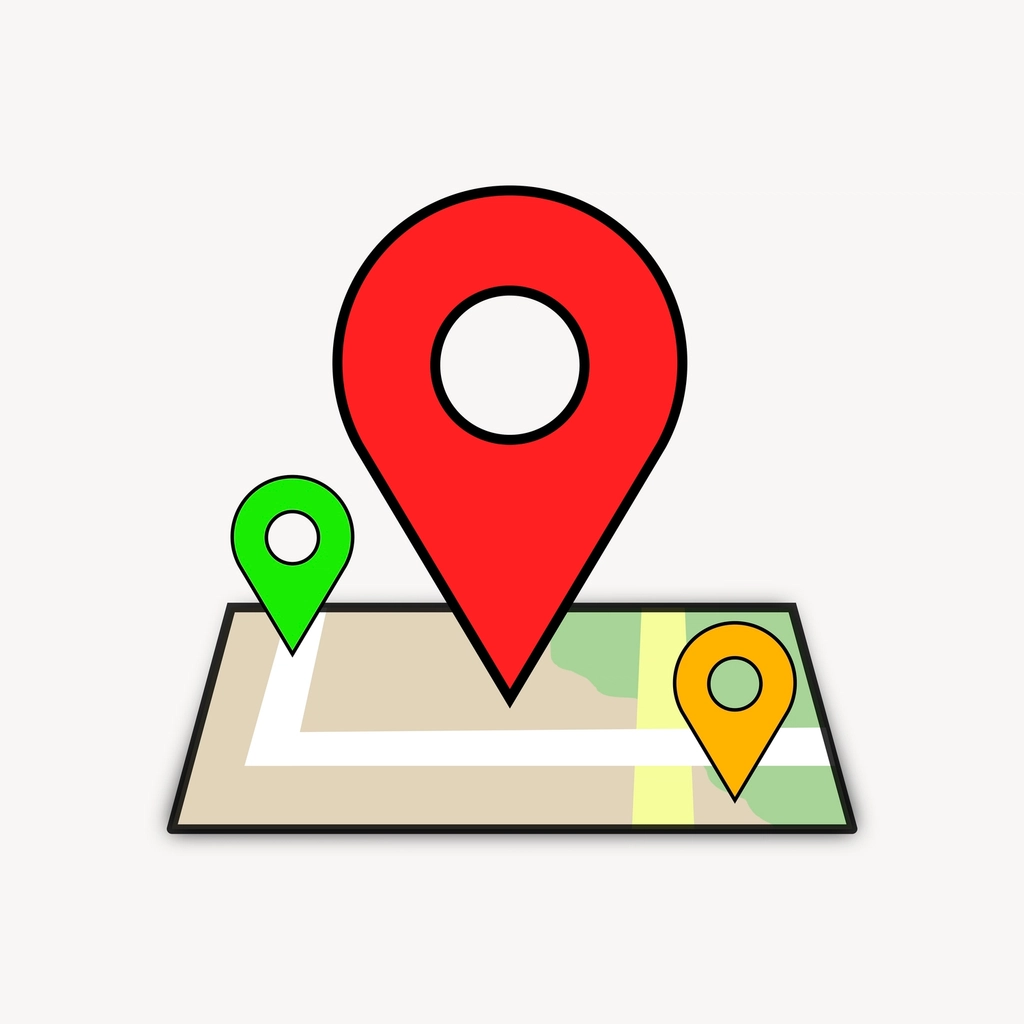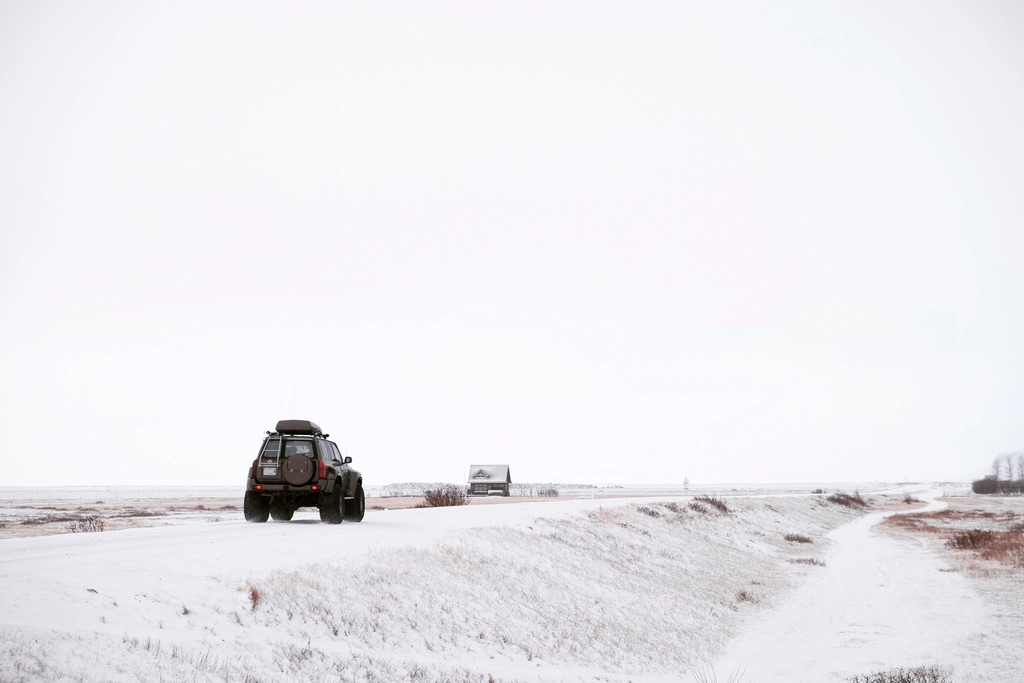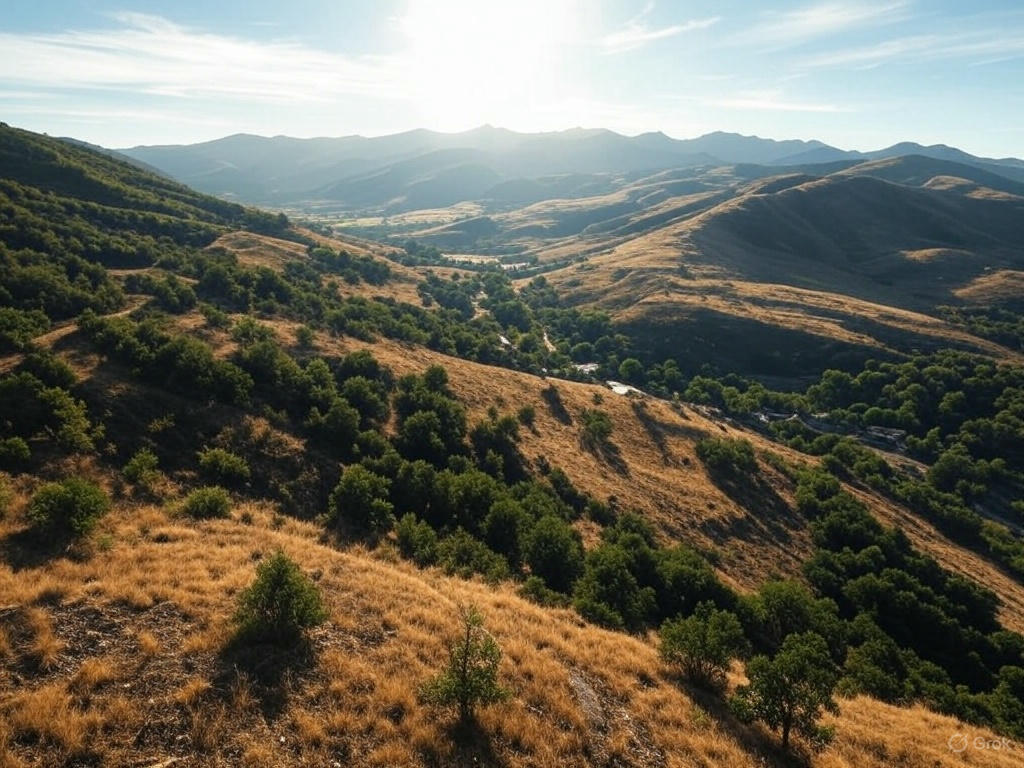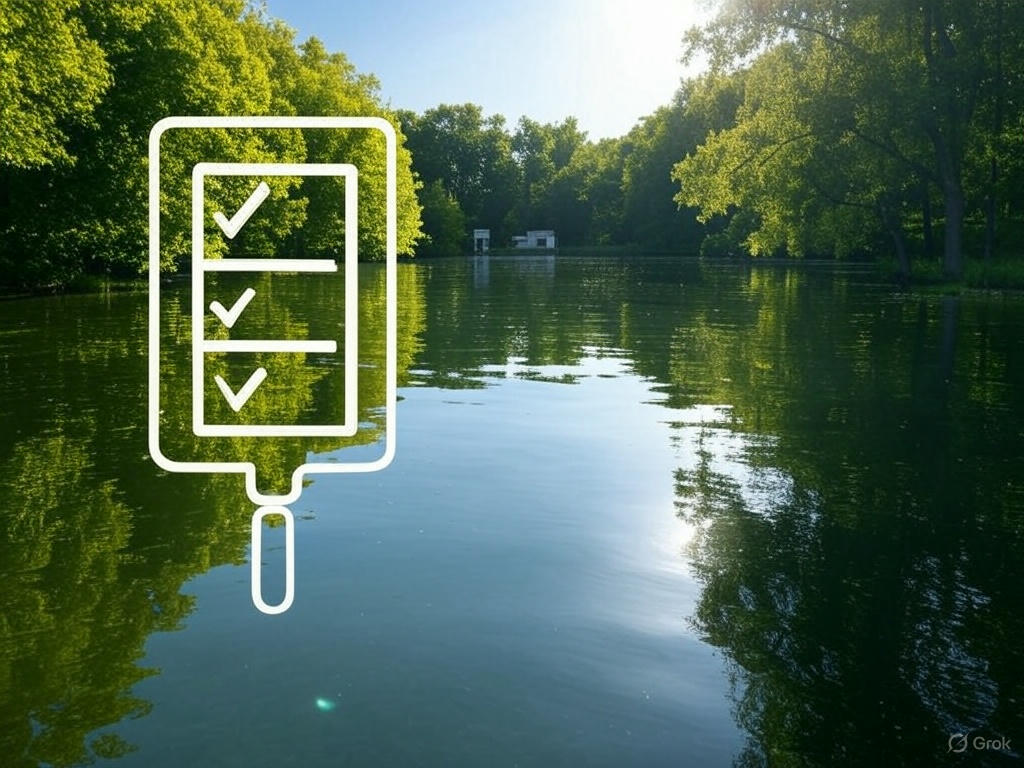If you’re dreaming of building your own home, learning how to buy land for building a home is one of the most important decisions you’ll make. As an experienced Realtor working in Southern Colorado, I’ve helped countless people navigate this process. And let me tell you, finding the perfect spot for your dream home isn’t just about finding a piece of dirt — it’s about finding the foundation for your future. Here are ten actionable tips to help you nail this process.
1. Get Clear on Your Needs and Vision
Before you start looking at listings or wandering through open fields, take a moment to dream—especially when learning how to buy land for building a home. What does your ideal life look like? Are you craving wide-open spaces and mountain views, or do you want to live closer to town with amenities within arm’s reach?

For example, I recently worked with a couple who wanted a self-sustainable lifestyle. They prioritized acreage for gardening and a sunny lot for solar panels. That clarity helped us find the perfect 40-acre parcel with room for their dreams to grow. If you don’t define what’s important to you, you’ll waste time looking at properties that don’t fit the life you want.
2. Know Your Budget (and Stick to It)
Let’s be real: land-buying is exciting, but it’s easy to get swept up in properties that are outside your financial comfort zone. Before you even start searching, figure out your budget. Include not just the cost of the land but also expenses like:

- Site prep and excavation
- Utility hookups (or alternatives like wells and septic systems)
- Permits and inspections
- Construction costs
I’ve seen buyers fall in love with a gorgeous lot but realize too late that developing it would blow their budget. Avoid that heartbreak by planning ahead.
3. Prioritize Location
You’ve heard it before: location, location, location. But this isn’t just about being near a good school district or grocery store. Think about your lifestyle:
- How far are you willing to commute to work or school?
- Do you need quick access to medical care or other services?
- What kind of views do you want to wake up to?

For my Southern Colorado clients, some want riverfront land with easy fishing access, while others prefer a property nestled against the foothills. One family I worked with chose a parcel near the Rio Grande River because they wanted a peaceful, picturesque spot to raise their kids. The right location will look different for everyone, so make sure you’re picking one that fits you.
4. Check Zoning and Land Use Regulations
Here’s where a lot of people get tripped up. Just because a piece of land looks perfect doesn’t mean you can do what you want with it. Always check local zoning laws to ensure your dream project is allowed. Common zoning categories include:
- Residential (single-family, multi-family)
- Agricultural
- Commercial or mixed-use
One of my clients bought a beautiful lot thinking they could build a tiny home village, only to find out the zoning laws didn’t allow it. Don’t make that mistake—always confirm land use restrictions before you sign.
5. Evaluate Accessibility
The best piece of land in the world won’t feel perfect if you can’t get to it. Look at the roads leading to the property:
- Are they maintained year-round?
- Can you navigate them in winter weather?
- Are they public or private?

In rural Southern Colorado, private roads can be tricky. I’ve seen properties with incredible views that were essentially landlocked because the access road wasn’t maintained. If you don’t want to deal with a 4×4 adventure every time you head home, make sure accessibility is a priority.
6. Assess Utilities and Infrastructure
Utilities can be a make-or-break factor. Ask yourself:
- Is electricity readily available, or will you need to go off-grid?
- Does the property have a reliable water source, like a well or access to municipal water?
- Is there sewer access, or will you need a septic system?
- How’s the cell service and internet connection?

I worked with a buyer who fell in love with a 10-acre property, only to find out running electricity to the site would cost over $20,000. They ended up choosing a lot that already had utilities in place, saving them a massive headache.
7. Don’t Skip the Soil and Terrain Check
You might not think much about soil until it becomes a problem. Certain types of land are harder to build on, and poor soil can complicate foundations or septic systems. Here’s what to look for:
- Flat or gently sloping terrain is ideal for building.
- Soil tests can confirm if the ground can support your home and systems.
- Watch out for flood-prone areas or steep slopes.
One client was set on building a walkout basement. We quickly ruled out properties with rocky soil or steep inclines that would have added tens of thousands to construction costs. Paying attention to the ground beneath your feet can save you time and money later.
8. Consider Environmental Factors
Nature has a big say in how enjoyable (or challenging) your property will be. In Southern Colorado, we deal with unique factors like:
- Wind exposure in wide-open plains
- Fire risks in wooded areas
- Snow loads in higher elevations
- Water rights if you’re near a stream or river

For instance, a family I worked with loved a lot near the mountains, but it was prone to heavy winds year-round. We found them a similar property with a natural windbreak of trees, and they couldn’t be happier.
9. Work with Local Experts
I can’t stress this enough: find someone who knows the area. A local Realtor, like me, can steer you away from common pitfalls and help you navigate the process. Other experts you might need include:
- Land surveyors to confirm boundaries
- Contractors to give you an idea of construction feasibility
- Land-use consultants if you’re planning something unique
A client once came to me with a list of properties they’d found online, but half of them didn’t meet their needs because of zoning or accessibility issues. Having a local expert saved them weeks of wasted time.
10. Visit the Land in Person
Last but not least, you’ve got to see the property in person. Pictures and online maps can only tell you so much. When you visit, pay attention to:
- How the land feels. Is it peaceful, noisy, or exposed?
- How it looks at different times of the day.
- Nearby properties and how they’re being used.
I’ve had buyers fall in love with land just by walking it. One couple couldn’t stop smiling as they imagined their kids playing by the creek on their new property. It’s hard to replicate that kind of experience on a screen.
Final Thoughts
Learning how to buy land for building a home requires patience, research, and a bit of vision. But when you find that ideal spot, all the effort is worth it. Remember to take your time, do your homework, and lean on experts who know the process inside and out.
If you’re ready to start your land search, especially here in Southern Colorado, reach out. I’d love to help you find the foundation for your next adventure. Your dream home starts with the right land—let’s find it together.




